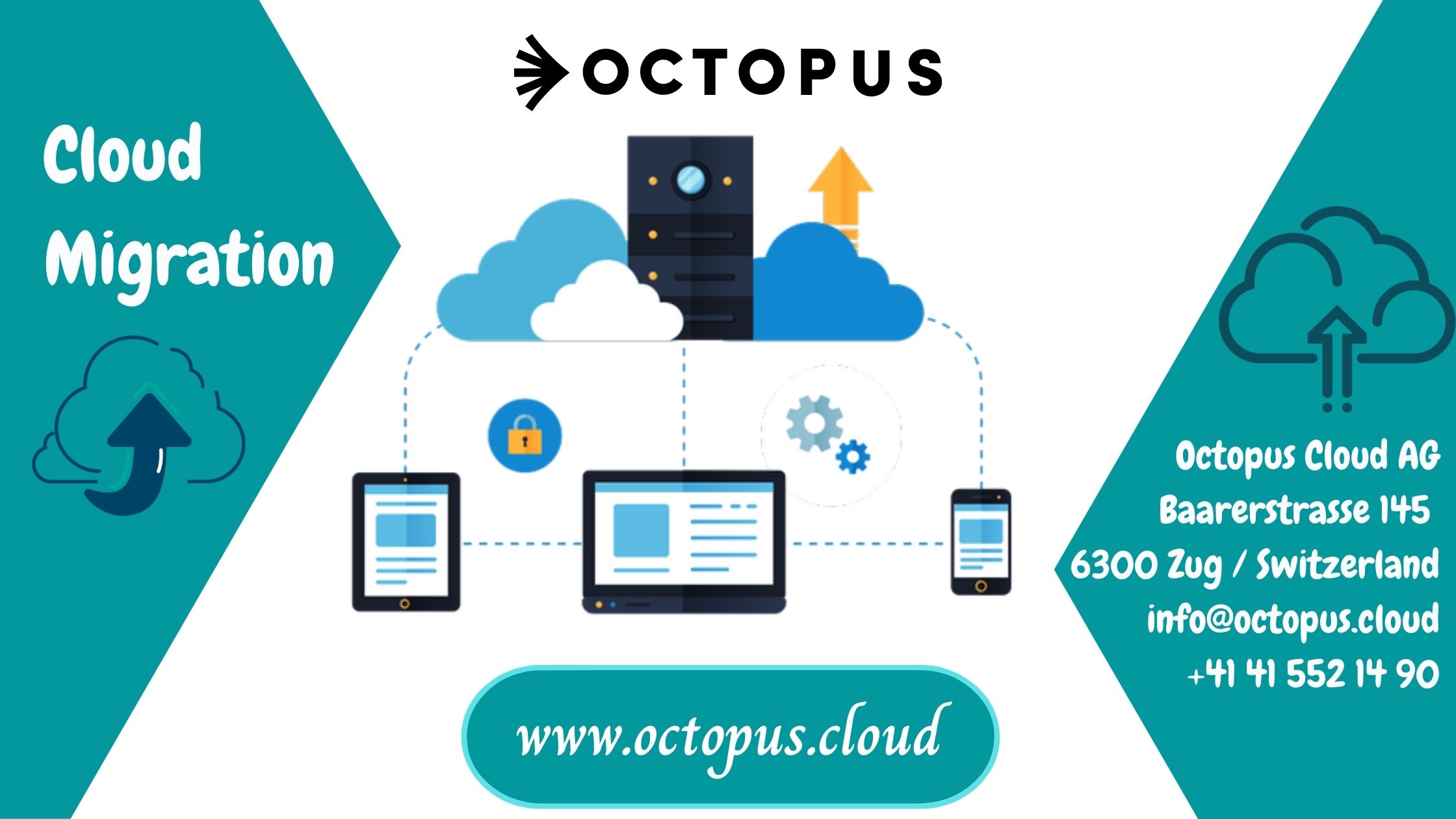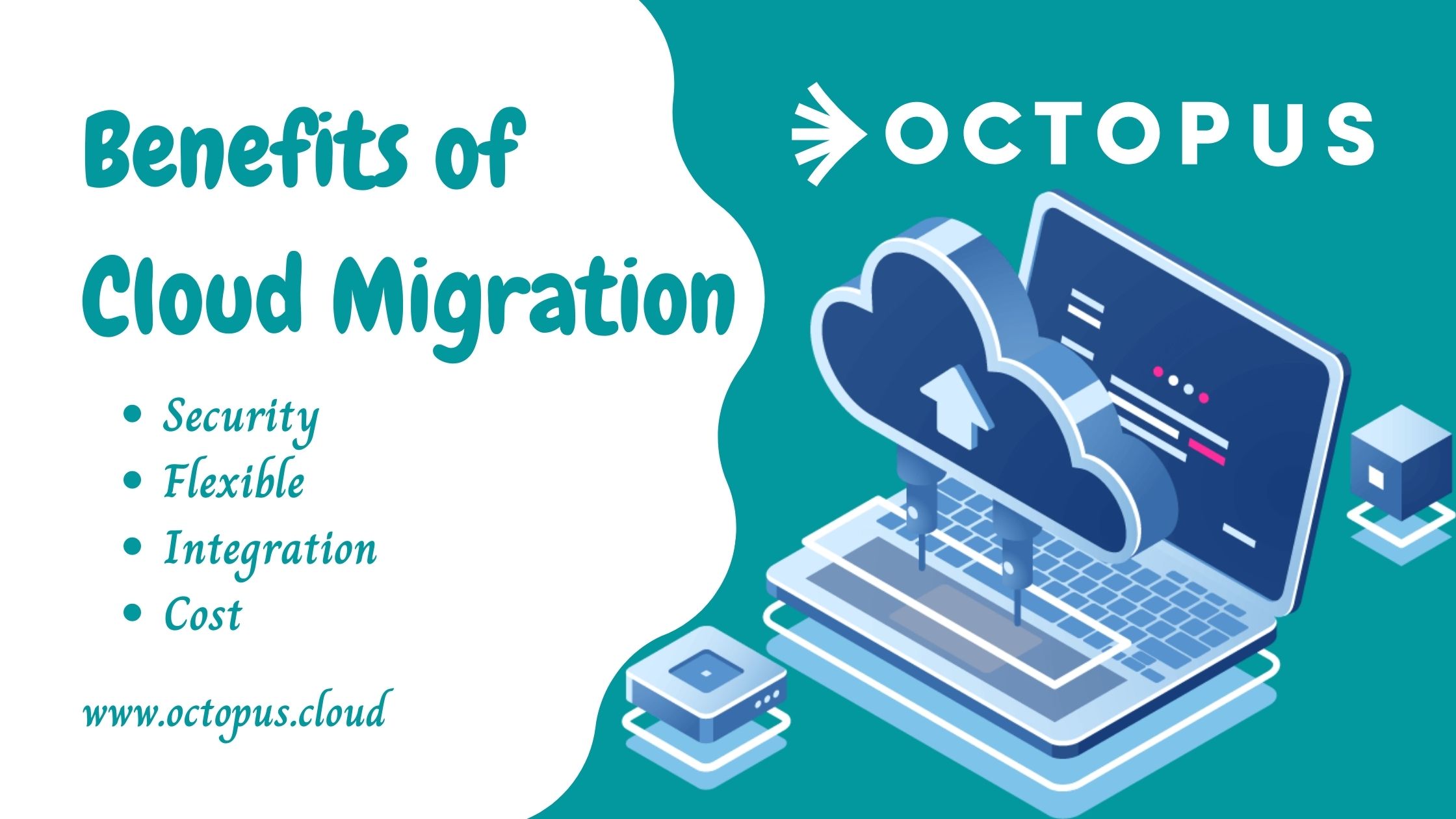What is cloud migration and why you should consider it?
Cloud migration is the process of transferring data, files, applications, and other business-related files to a cloud computing environment. There are three types of cloud migration that an enterprise can perform.

- Local data center to the public cloud.
- Cloud to cloud migration
- Reverse cloud migration is also known as cloud repatriation
Some of the benefits of cloud migration are as follows:

- Security– if executed right a cloud can be even more secure than the traditional network systems. A cloud consists of systems applications and networks that are to be configured and maintained by following some “shared responsibility” model. In this, you are responsible for your part of the security of the cloud.
- Flexible– a cloud is flexible which means you can level up or level down according to your own IT requirements and demands. With a cloud, an organization has the power to drastically reshape its IT infrastructure according to its needs.
- Integration– a cloud helps you maintain connectivity and increase productivity. In a cloud, you can migrate your hardware and software where updates are completed by the cloud provider, which can save you a good amount of money and time.
- Cost– by migrating your data to a cloud you can decrease the operational cost. Migrating the data to a cloud means you only pay for what you use.
- It is the most effective IT environment in terms of cost, security, and execution.
- It can serve great self-service provision.
- Great elasticity
- Flexible pay-per-use model
- Performance
- Easing in case of increasing demand
- Easy access
See here: The steps of waterproof SPLA reporting
